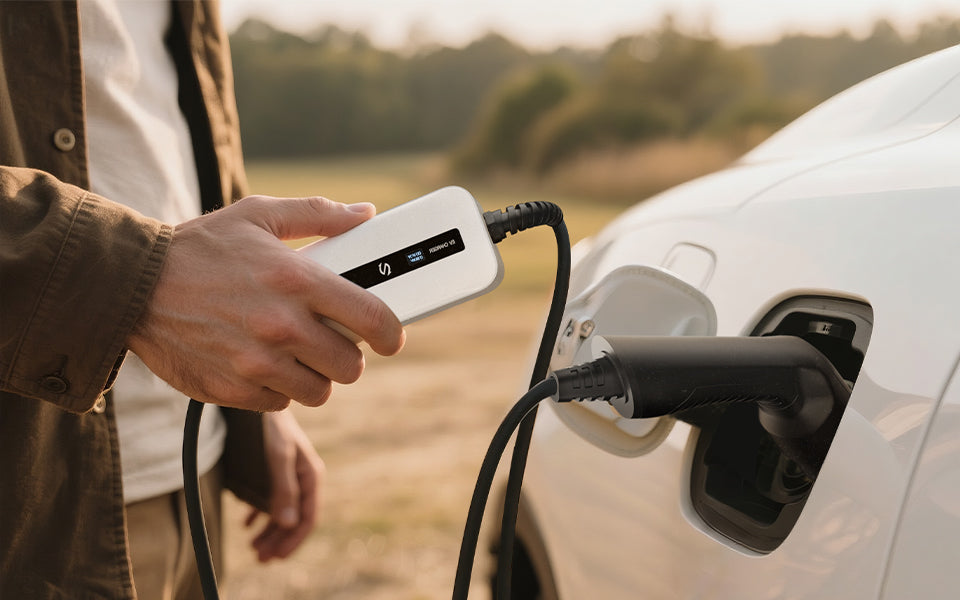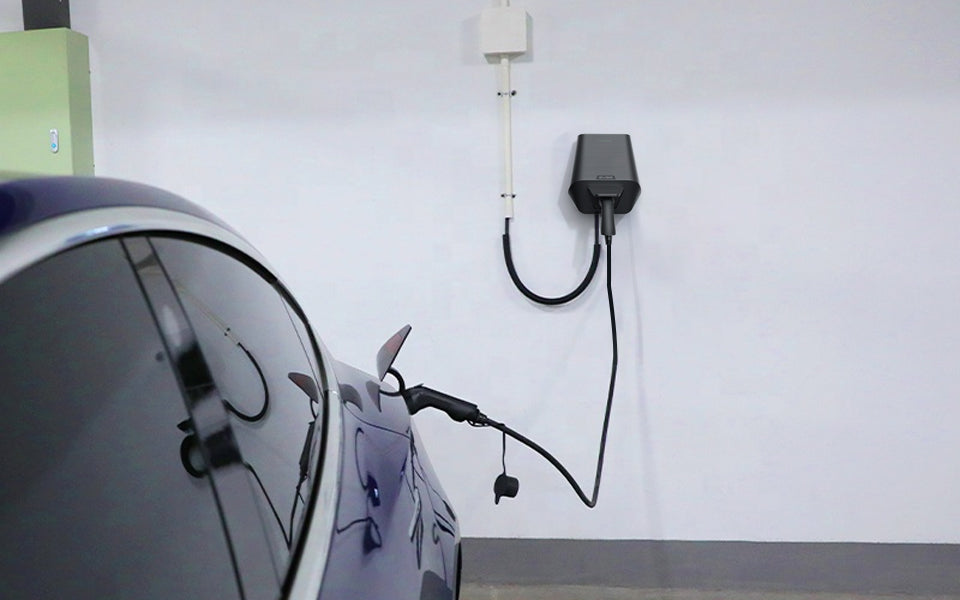As electric vehicles become more common, many drivers are looking to install an EV charger for added convenience. But before you click the "Buy Now" button, there are a few important steps you shouldn't skip. Is your electrical system ready? What charging power do you really need? Should you upgrade your socket?
These questions might seem technical, but they have a big impact on your daily charging experience. In this blog, we'll walk you through the key things to check and consider before buying an EV charger, so you can make the right choice with confidence.
STEP 1: Understand Your EV’s Charging Requirements
✅Start by confirming these key details:
Connector Type ➡️ Most European EVs use Type 2
Max AC Charging Power ➡️ e.g. 3.7kW, 7.4kW, 11kW, or 22kW (check your car manual)
Supports three-phase charging? ➡️ Required for 11kW and 22kW charging
Charging Frequency ➡️ Daily use? Just weekends? Occasional?
- Daily Use Choose EV Charging Stations: MC20 Wallbox Chargers
- Travel Use Choose Portable EV Chargers: 3.6KW PCD018
🎯Example: The Renault 5 E‑Tech supports up to 11kW (three-phase) AC charging.
STEP 2: Check Your Home Electrical System
1. Power Contract (From Your Energy Provider)
Log in to your utility account to check: common levels are 6 kVA, 9 kVA, 12 kVA, 15 kVA;
For 11kW charging or above, a 14 - 15 kVA contract is recommended.
2. What Type of Power Supply?
Type Max Output Charger Compatibility
Single-phase Up to 7.4kW 3.7kW / 7.4kW
Three-phase 11kW+ 11kW / 22kW
🎯Check your fuse box (distribution panel) or ask your electrician if you're unsure.
3. Distance from Meter to Parking Spot
The longer the distance, the thicker the cable needs to be.
If it's over 20 meters, voltage drop becomes a concern.
STEP 3: Is Your Electrical Setup Ready? (Important!)
1. Circuit Breaker Requirements
Charging Power Recommended Breaker Type Dedicated Circuit
3.7kW (16A) 20A Type C ✅ Yes
7.4kW (32A, single-phase) 40A Type C or D ✅ Yes
11kW (three-phase) 3 x 20A Type C ✅ Yes
22kW (three-phase) 3 x 40A Type D ✅ Yes
You also need a Residual Current Device (RCD) – usually Type A or Type B – depending on charger and country standards.
2. Should You Upgrade Your Power Socket?
For portable charger users only:
Socket Type Recommended? Notes
Standard 16A home socket ❌ No Risk of overheating/fire
Dedicated EV socket (e.g. Green’Up) ✅ Yes Designed for sustained EV charging
Industrial socket (e.g. P17) ✅ Yes Robust and safe — requires pro install
Extension cords ❌ No High risk — never use!
3. Cable Size (From Meter to Charger)
Charging Power Suggested Cable Size Example Conditions
3.7kW 3 x 2.5 mm² For short distances (<10m)
7.4kW 3 x 6 mm² For up to 20m
11kW (3-phase) 5 x 6 mm² For ≤20m
22kW (3-phase) 5 x 10 mm² For high load or longer distances
🎯Must follow your country’s electrical safety code (e.g. VDE, CEI, NF, etc.).
STEP 4: Installation (by Certified EV Installer Only)
Certified installer visits for inspection.
You receive a quote (includes cable run, circuit breaker, wallbox).
Installation is done with a compliance certificate.
In many EU countries, you can apply for grants or rebates (e.g. Germany’s KfW, France’s Advenir).
STEP 5: Tips for Daily Charging
Use night-time or off-peak electricity tariffs to reduce cost;
Use an app to schedule and monitor charging;
Enable RFID or user authentication for shared spaces;
If you have solar panels, choose a charger with “solar priority” mode.
Summary Tips
✅ Start by checking your EV specs and home power setup.
✅ Use a dedicated wallbox — not a normal plug — for safety and performance.
✅ Always have installation done by a certified electrician.
✅ Smart features are well worth the investment.



